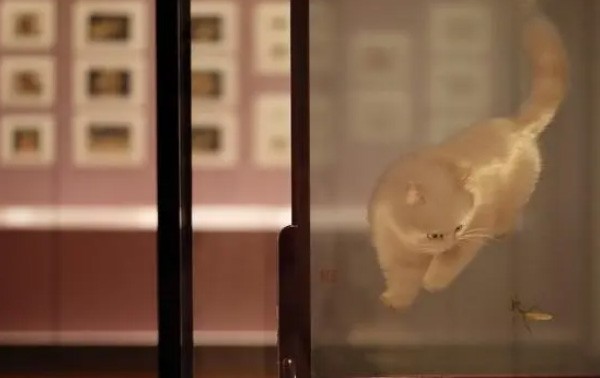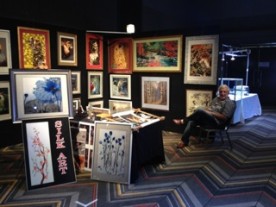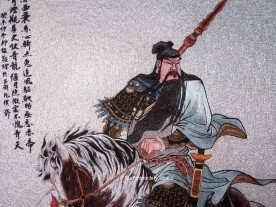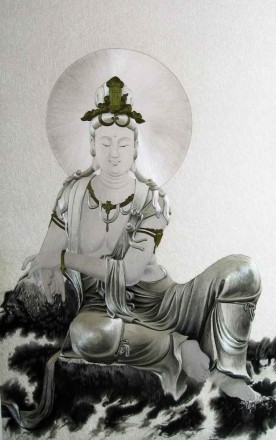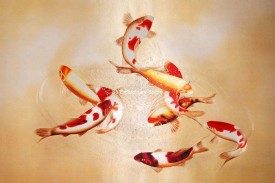Suzhou Embroidery, an exquisite art form that weaves together fabric and thread, boasts a remarkable history of over 2,000 years. It represents not just the intricate craft of intertwining cloth and silk but also the deep-rooted cultural heritage of Suzhou. In 2006, Suzhou Embroidery was honored with inclusion in the inaugural batch of China's national intangible cultural heritage list.
On July 23, 2023, we witness the unveiling of the "Suzhou Embroidery Art Documentation Exhibition (1949-2019)" to the public. This groundbreaking exhibition takes place at the West Hall of Suzhou Museum, marking the first comprehensive endeavor to systematically trace the evolution of Suzhou Embroidery over the 70-year span since the establishment of the People's Republic of China.
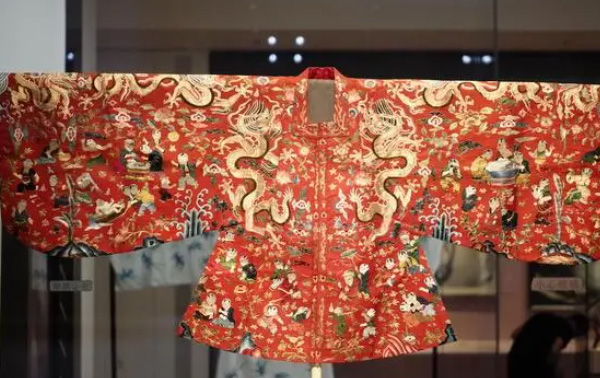
Suzhou Embroidery encompasses a wide array of embroidered products originating from Wu County in Suzhou. This art form later radiated its influence to various corners of Jiangsu Province, including Wuxi, Changzhou, Yangzhou, Suqian, and Dongtai. Its origins can be traced back to the Three Kingdoms period, gaining significant momentum during the Sui and Tang dynasties before reaching its zenith during the Qing Dynasty. This period marked the transformation of Suzhou Embroidery into a thriving industry with an extremely developed commercial embroidery sector, earning Suzhou the moniker of "Embroidery City." The Qing Dynasty witnessed the establishment of "Suzhou embroidery, Hunan embroidery, Cantonese embroidery, and Shu embroidery" as the four most renowned embroidery styles in China, with Suzhou embroidery holding the prestigious position as the first among them. The "Suzhou Embroidery Art Documentation Exhibition (1949-2019)" is a historic milestone, as it is the first time that Suzhou embroidery has been designated as a National Art Fund project. This exhibition introduces numerous exhibits to the public eye for the very first time.
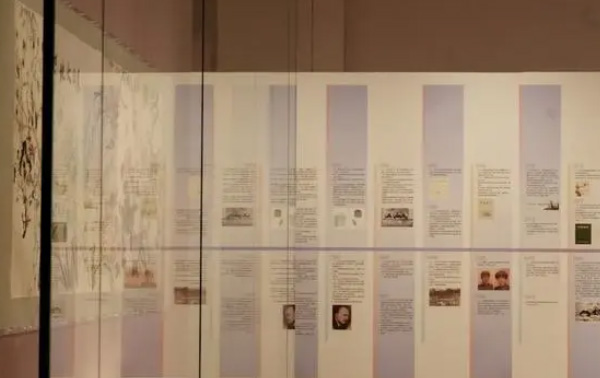
In 1951, recognizing the growing demand for portrait embroidery commissioned by Suzhou Native Products Company and Suzhou Bureau of Industry and Commerce, a production group for portrait embroidery was established under the initiative of Zhu Feng and other visionaries.
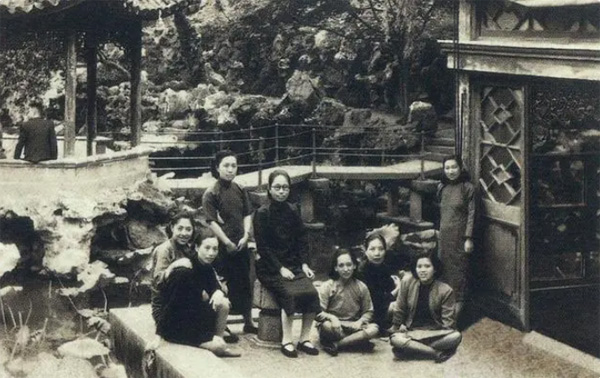
In a letter penned by Lv Fengzi to Ren Shuangliang, Lv Fengzi underscored the importance of teaching embroidery theory, emphasizing the need to cover its history, types, and techniques. He briefly summarized the history of coarse embroidery and fine embroidery, presenting his own perspective on the evaluation criteria for embroidery. Lv Fengzi passionately believed that the "needle embroidery" technique, with its distinct artistic value, deserved promotion. He also articulated his vision for cultivating embroidery talents endowed with both cultivation and creativity.
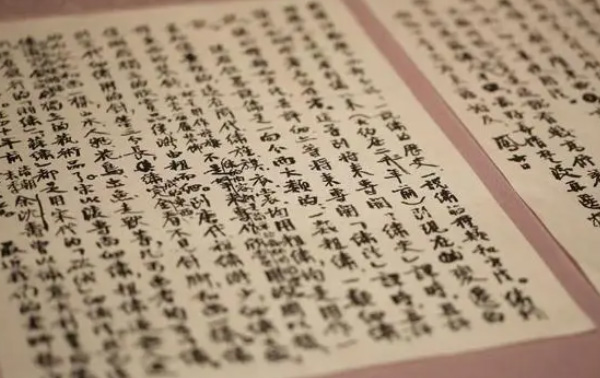
Come September 1952, the Suzhou Embroidery Technical School made its debut, boasting instructors like Zhu Feng, Ren Hui Xian, and Zhou Xun Xian. This pioneering institution marked the first of its kind in post-revolutionary China. Unfortunately, it closed its doors in November 1953 after training around 70 promising individuals.
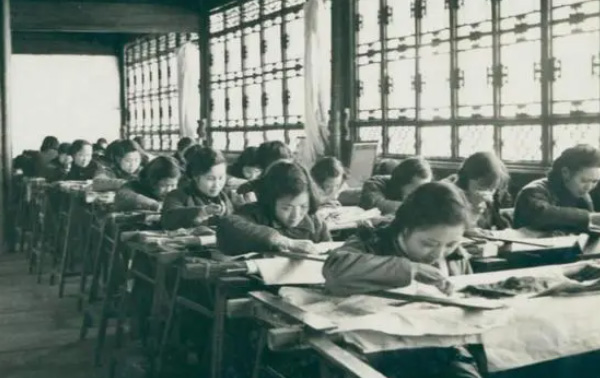
March 8, 1954, heralded the birth of the embroidery production group under the Folk Art Research Group of the Suzhou Federation of Literature and Art, aptly named the "Federation of Literature and Art Embroidery Group." This group embarked on extensive research related to embroidery production and techniques. By December 1955, it had undergone transformation, emerging as the "Suzhou Arts and Crafts Embroidery Production Cooperative." Later, this cooperative evolved into the embroidery experimental workshop affiliated with the Suzhou Arts and Crafts Research Laboratory, which was established in December 1957. By 1959, the Research Laboratory had been rebranded as the Research Institute of Arts and Crafts. Then, in February 1960, it split to give birth to the Suzhou Embroidery Research Institute.
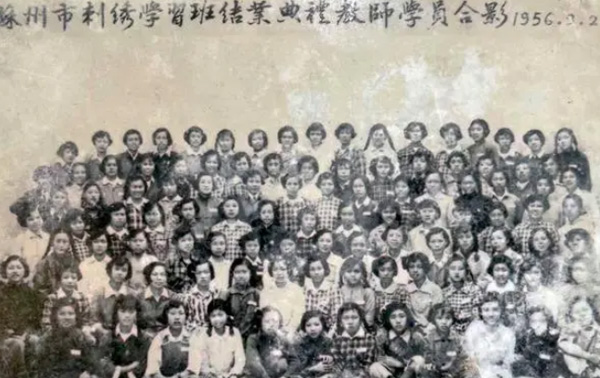
On September 28, 1956, a touching graduation ceremony marked the conclusion of the Suzhou Embroidery Study Class.
In March 1958, with the aim of preserving the age-old skills of Suzhou embroidery and nurturing a cohort of technical talents skilled in both drawing and embroidery, the Suzhou Arts and Crafts Research Office launched the very first embroidery specialization class. It admitted 16 graduates from elementary and junior high schools, dividing them into five specialties: messy needlework, punching and poking yarns, flat gold seeding, creation and design, and fine embroidery. Notably, all of these graduates remained at the Embroidery Research Institute upon completing their studies.

In June 1964, when the Suzhou Embroidery Research Institute hosted its second embroidery specialization class, spanning three years. This class featured five specialties: birds and flowers, figures, kittens, messy needlework, and seeding and pointing. A total of 110 trainees enrolled, with 104 having completed junior high school and six high school graduates. Under the guidance of Zhang Yueying and Liu Jinyan, the program was enriched with the expertise of embroidery teachers like Zhu Yunyuan, Ma Caiyun, He Xiao, Wu Yuying, and Mou Zhihong, with Miao Lijuan contributing as a Chinese painting instructor. This specialization class played a pivotal role in shaping talents for institutions such as Suzhou Embroidery Children's Products Factory, Suzhou Embroidery Factory, and Suzhou Embroidery Factory.
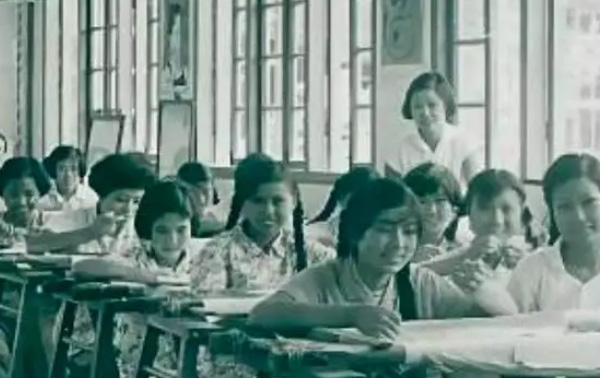
The year 1978 saw the Suzhou Embroidery Research Institute host its third embroidery specialization class, enrolling 30 high school graduates across four specialties: messy needlework, birds and flowers, goldfish, and kittens, all within a three-year program. Chen Caixian took the helm as the class director, with oil painter Yu Keqi, national painter Pan Yuyu (offering drawing and watercolor classes), Shi Ren (teaching art appreciation), and Sun Peilan (instructing the embroidery history class). Interestingly, all the students elected to stay on at the Embroidery Institute post-graduation.
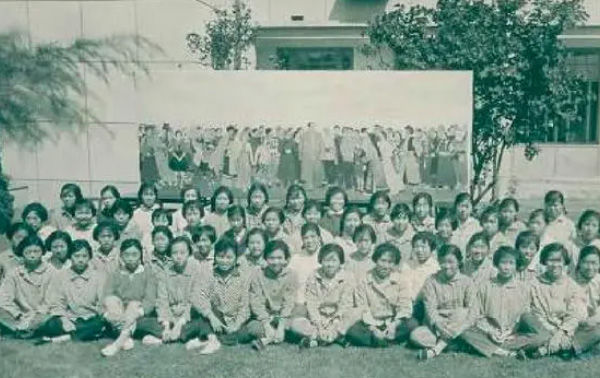
June 1986 marked the establishment of the China Suzhou Embroidery Art Museum, with Gu Wenxia serving as its inaugural curator. Housed within the Ming Dynasty's Wang Ao Ancestral Hall on Jingde Road in Suzhou City, the museum's thematic exhibition was thoughtfully divided into two parts: court embroidery and folk embroidery. It showcased over two hundred Suzhou embroidery masterpieces from as early as the Han Dynasty.
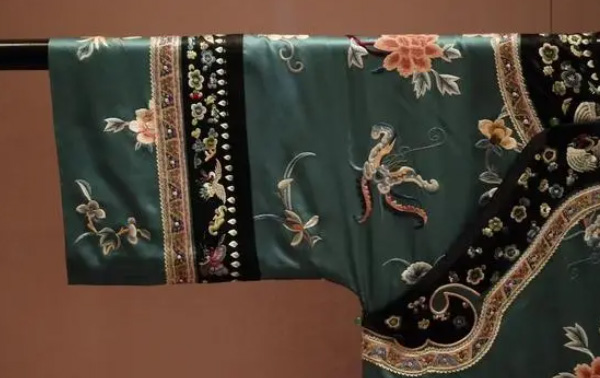
As the late 1990s unfolded, profound transformations swept through the Suzhou embroidery landscape, paralleling the deepening market economy reforms. The collectivization of production and creative methods increasingly spotlighted individualistic facets of the production mode. This shift gave rise to private embroidery workshops, studios, and companies, thereby diversifying Suzhou embroidery's ecological structure and industrial clusters.
The pivotal year 2006 witnessed Suzhou embroidery achieving recognition as part of China's inaugural list of national intangible cultural heritage items. With the introduction and implementation of the Intangible Cultural Heritage Law, coupled with an array of policies aimed at bolstering traditional crafts, contemporary Suzhou embroidery development received not only policy support but also institutional safeguards and fresh opportunities. Faced with the possibilities of a new era and intense market competition, the new generation of Suzhou embroidery groups, exemplified by Zhenhu embroiderers, boldly took on market challenges. They embarked on an extensive exploration of the language of embroidery art, brand development, and the path to industrialization. These pioneering groups actively pursued opportunities for enhancing their skills, fostering communication and dissemination, vigilantly monitored consumption trends, and strived to guide the transformation of the embroidery industry into a new economic model and mode. This dynamic spirit is emblematic of their vitality and enterprising essence.
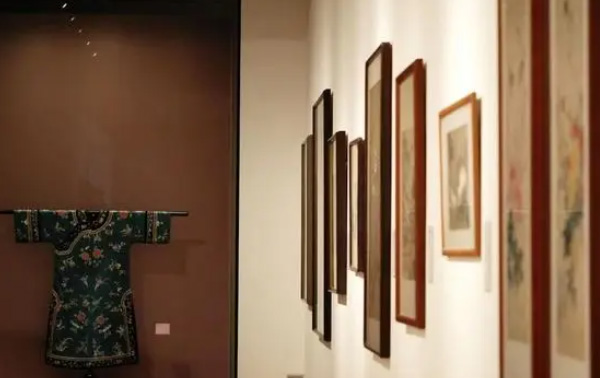
by Su Embroidery Studio (SES), Suzhou China
SES is dedicated to Chinese Silk Embroidery Art and High-End Custom Embroidery
Find SES's embroidery work at Chinese Silk Embroidery for Sale.


